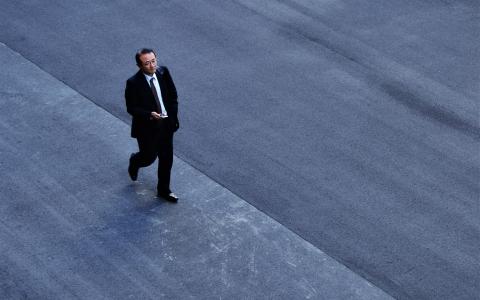
Robert Kiyosaki, the author of 'Rich Dad, Poor Dad' and an experienced investor, presents a unique and provocative perspective on debt and its role in investment strategy. In a recent Instagram reel dated November 30, Kiyosaki shed light on his approach to financial management, underscoring the critical distinction he makes between assets and liabilities.
Kiyosaki articulates a strategy that diverges from conventional wisdom: while many accumulate debt to acquire liabilities, he strategically employs debt to purchase assets. He exemplifies this by pointing out that his high-value vehicles, such as a Ferrari and a Rolls Royce, are fully paid off, acknowledging them as liabilities, not assets.
Further illustrating his unconventional financial mindset, Kiyosaki expresses a marked skepticism towards traditional cash savings. He references the U.S. dollar's disconnection from the gold standard in 1971, advocating instead for the accumulation of tangible assets like gold and silver. This strategy, he claims, has resulted in him amassing $1.2 billion in debt—a situation he nonchalantly accepts, quipping, “if I go bust, the bank goes bust. Not my problem.”
Kiyosaki's investment approach revolves around the strategic use of debt to build wealth. He differentiates between 'good debt'—debt that helps in acquiring wealth-generating assets such as real estate, businesses, or investments—and 'bad debt'. He champions the use of leverage in investments, particularly in real estate, viewing it as a potent tool to navigate market dynamics and seize investment opportunities.
His investment philosophy is diverse and unconventional. Kiyosaki is a vocal critic of fiat currency, favoring investment in what he terms “real assets” like Bitcoin, silver, gold, and even Wagyu cattle. He views Bitcoin as a safeguard against the declining value of the U.S. dollar. Gold, another staple in his portfolio, is perceived as a more stable and reliable asset than cash, which he dismissively refers to as “trash” due to his distrust in the dollar. He is open to increasing his gold holdings, even in the face of potential price drops.
Silver occupies a significant place in Kiyosaki's investment strategy, seen as a valuable long-term investment due to its scarcity and affordability relative to gold. Real estate investment remains a primary focus for him, prized for its dual advantages of generating rental income and appreciating in value. The inclusion of Wagyu cattle in his portfolio is indicative of his belief in diversifying beyond conventional asset classes.
Kiyosaki's philosophy is underpinned by a broad view of finance and wealth creation. He perceives money as a debt instrument, a means to acquiring assets and generating wealth, and stresses the importance of financial education and savvy.
It's important to note, however, that Kiyosaki's strategies, while successful for him, carry inherent risks. This is evidenced by his past financial challenges, including a bankruptcy filing in 2012 following a legal dispute over royalties.



